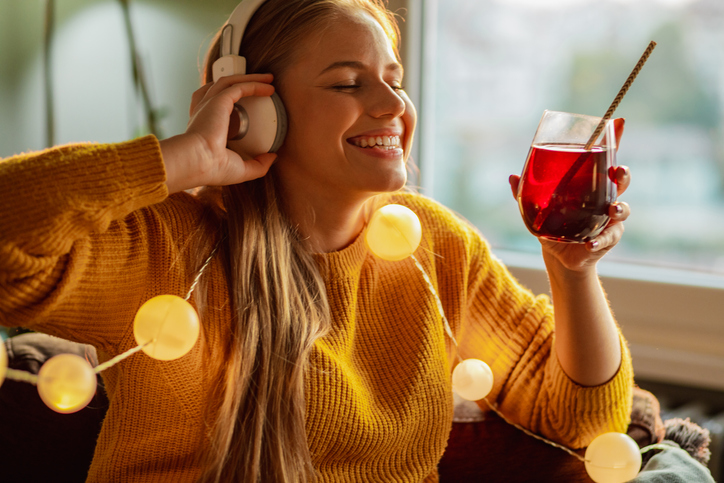Author: Annette Malave, SVP/Insights, RAB
It’s hard to believe that the holiday season is right around the corner. This, of course, means that people will be cooking, eating and drinking various beverages. Those drinks can vary from juice to wine.
The beverage industry was not immune to the upheavals created by the pandemic. As stay-at-home orders were issued, consumers found themselves determined to be healthier and not only change what they ate, but also what they drank. And as people longed for human interaction, virtual cocktail hours also created opportunities for adults to share and try new alcoholic and nonalcoholic beverages.
According to Freedonia, the beverage demand in the U.S. is projected to increase 2.9% annually through 2025. Soft drinks and bottled water sales are expected to improve as some employees are returning to offices. Alcoholic beverage growth is also expected to continue according to their report.
Now eighteen months into the pandemic, what does the beverage consumer look like? Are they tea drinkers, liquor lovers, wine enthusiasts or do they enjoy a little bit of everything?
Consumers are less concerned about the economy than a few months ago but slightly under half are concerned about shopping in-store, especially when it comes to shopping for beverages.
Based on a study fielded Sept. 20 – 27 by Provoke Insights, beverage drinkers have unique social and economic characteristics if they are liquor, wine or soft beverage drinkers.
When it comes to purchasing liquor: Quality is most important to liquor drinkers who are predominantly male with household income over $200K, and they are also more likely to have children. Beer drinkers have similar traits. They are predominantly male and are more likely to have children in the household. Beer drinkers tend to be much more open-minded and are very optimistic about the future.
Compared to other industries, the alcoholic beverage industry rates below average on brand equity drivers. The industry is not seen as innovative (as it pertains to packaging, color, etc.) nor fitting consumer needs. Additionally, consumers are not necessarily willing to pay more. Brands that are interested in reaching consumers should focus on differentiating themselves by addressing these points in their messaging.
Unlike liquor and beer drinkers, those who imbibe wine are most likely to not have children. When it comes to shopping, they enjoy the selection process; quality matters to them. They are more affluent, are optimistic about the future and are willing to spend money to stay on top of the latest trends. There are differences by generations for wine drinkers. Both Gen Z and Boomers are most likely to purchase in-store, but when it comes to retail and nonretail websites, millennials dominate sales on these platforms. However, when shopping in-store, wine shoppers are more likely to spend less time in the store now making those purchases versus at the start of the pandemic. They are also more likely to be purchasing more wine during these trips.
It’s not just about alcoholic beverages. The nonalcoholic beverage drinker is reflective of the U.S. population and are similar to the average grocery shopper – predominantly female and very optimistic about the future. Based on the survey results, Coca-Cola and Pepsi topped the charts in unaided brand awareness. However, antioxidant-infused beverage Bai and energy drink Red Bull were the top two leaders in brand equity.
The nonalcoholic beverage category is on par versus other industries as it pertains to brand equity drivers. Consumers of this segment don’t see brands within this industry as being innovative and are not willing to pay more. However, consumers do plan on purchasing more nonalcoholic brands in the upcoming year.
The mindset and preferences of beverage consumer is as diverse as the flavors and packaging of the products within the category. To best communicate each beverage brand’s distinct qualities, advertisers should incorporate them in the messaging and use a medium that is personal and has broad reach.
As a broad reach medium, radio can also generate imagery of beverages being poured – on the rocks or straight up, via a twist cap or the snap of a flip-top can. The images generated are extremely personal in nature. Radio reaches consumers of various types of beverages. Specifically, according to Scarborough data, radio reaches:
- 82% of tea drinkers
- 83% of adults who drink soft drinks/soda
- 85% of adults 21+ who drink any liquor
- 85% of adults 21+ who drink wine
- 86% of adults 21+ who drink beer
As people continue to consume beverages of all types, using a medium that reaches them throughout their day will not only maintain a beverage advertiser top of mind, but can also influence the beverage of choice.


